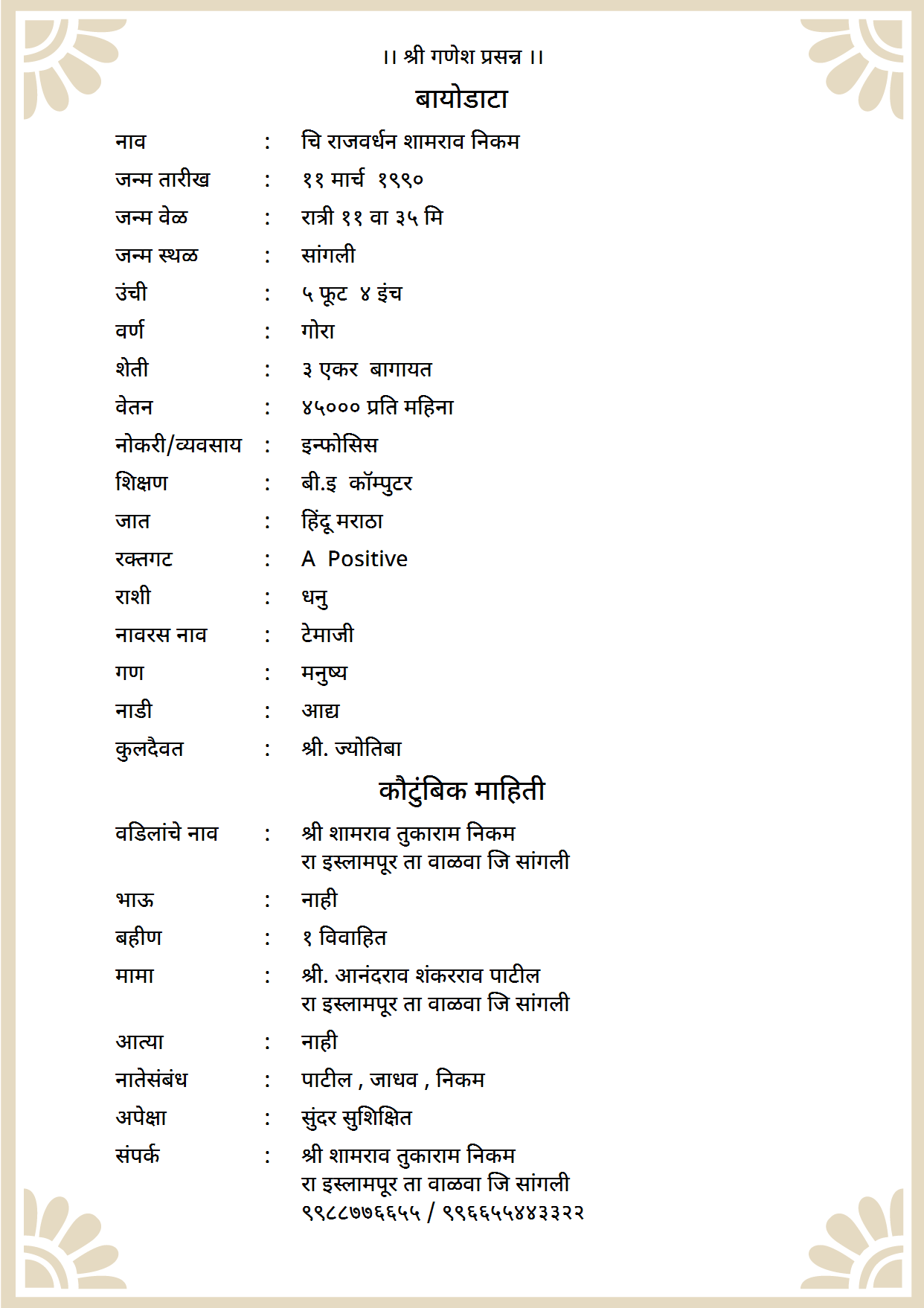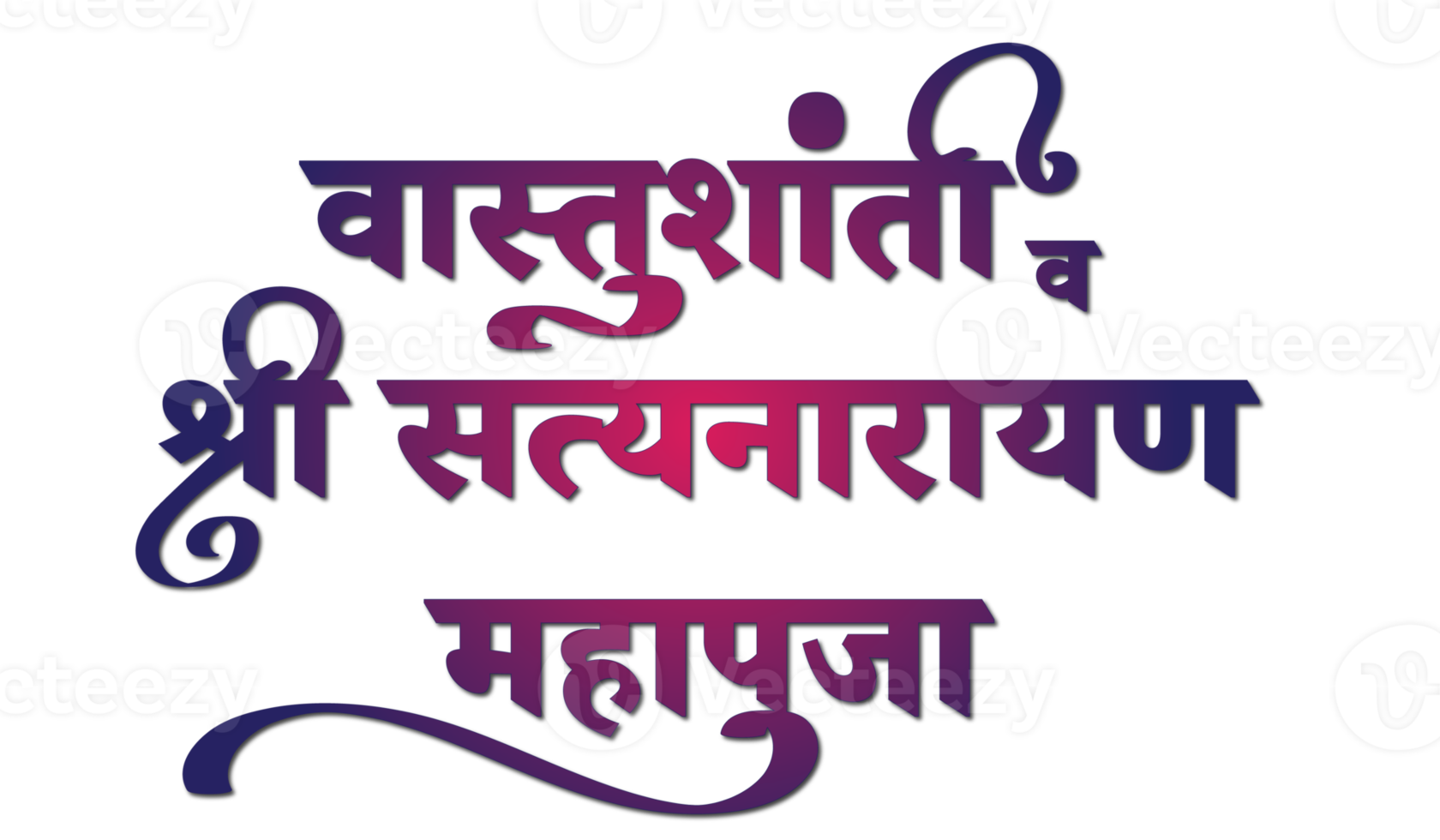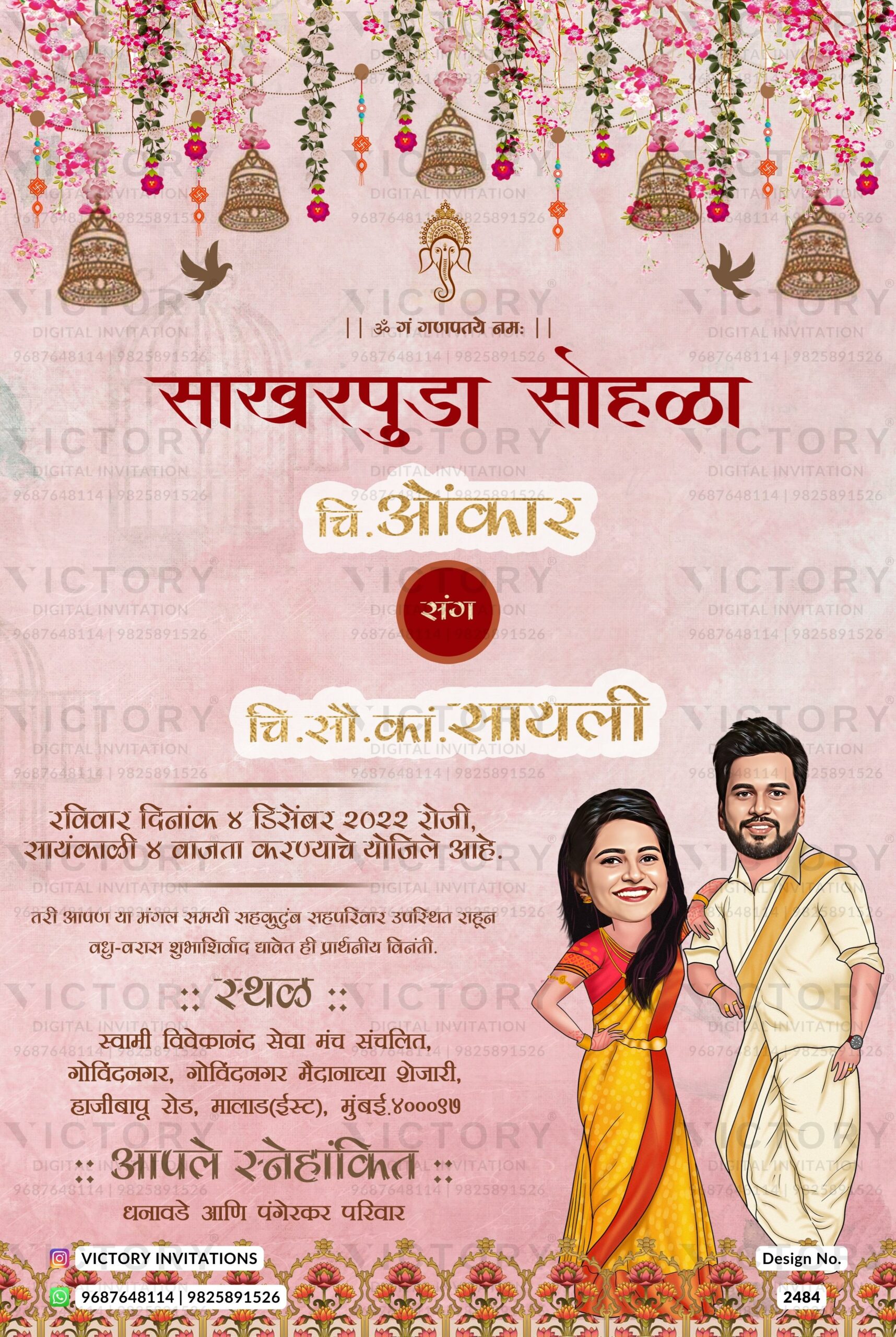Marathi, one of India's most prominent languages, serves as a vital cultural cornerstone for millions of people across the globe. It is not just a mode of communication but a gateway to understanding the rich tapestry of traditions, history, and art forms that define the Marathi-speaking community. As you delve into this fascinating subject, you'll uncover layers of linguistic beauty and cultural significance that have stood the test of time.
Marathi holds a special place in the Indian linguistic landscape, being one of the 22 official languages recognized by the Indian Constitution. Spoken predominantly in the state of Maharashtra, it is also widely used in neighboring regions such as Goa, Karnataka, Gujarat, and Madhya Pradesh. This language has a history that dates back over a millennium, with its roots firmly planted in the Prakrit and Apabhraṃśa traditions of ancient India.
What makes Marathi truly remarkable is its ability to adapt and thrive in an ever-changing world. From classical literature to modern cinema, the language continues to evolve while maintaining its core identity. In this article, we will explore the origins, evolution, and cultural significance of Marathi, providing readers with a comprehensive understanding of its role in shaping the identity of its speakers.
Read also:How Much Does Hidive Cost A Complete Guide To Pricing And Features
Table of Contents:
- The History and Evolution of Marathi
- Understanding the Marathi Language
- Marathi Literature: A Treasure Trove of Creativity
- Marathi Culture: Traditions and Celebrations
- Marathi Cinema: A Reflection of Society
- Marathi Cuisine: A Flavorful Journey
- Religious Influence on Marathi Society
- Marathi Music: Melodies That Resonate
- Marathi in Education and Media
- Global Presence of Marathi
The History and Evolution of Marathi
The origins of Marathi can be traced back to the 8th century, during the reign of the Rashtrakuta dynasty. It evolved from the Apabhraṃśa dialects, which were derivatives of the ancient Prakrit languages. Over the centuries, Marathi absorbed influences from Sanskrit, Persian, and later, English, resulting in a rich linguistic blend.
Key Historical Milestones
- 8th Century: Emergence of early Marathi inscriptions.
- 13th Century: Development of Marathi as a literary language under the Seuna Yadava dynasty.
- 17th Century: The Maratha Empire's rise popularized Marathi as an administrative language.
According to research by the Central Institute of Indian Languages, Marathi has undergone significant transformations, adapting to the socio-political changes in the region. This adaptability has ensured its survival and relevance in contemporary times.
Understanding the Marathi Language
Marathi belongs to the Indo-Aryan branch of the Indo-European language family. It is written in the Devanagari script, which is also used for Hindi and Sanskrit. The language has a unique phonetic structure and a rich vocabulary that reflects its diverse influences.
Unique Features of Marathi
- Distinct phonetic sounds like 'ḍ' and 'ṭ'.
- Incorporation of Sanskrit vocabulary for formal and literary purposes.
- Rich use of idiomatic expressions and proverbs.
As per a report by UNESCO, Marathi ranks among the top 20 most spoken languages globally, with over 90 million native speakers.
Marathi Literature: A Treasure Trove of Creativity
Marathi literature boasts a glorious history spanning over 800 years. From the spiritual verses of the Bhakti movement to the modernist poetry of the 20th century, Marathi writers have consistently pushed the boundaries of creativity.
Read also:Bianca Censori Age Everything You Need To Know About The Rising Star
Renowned Marathi Writers
- Tukaram: A prominent saint-poet of the Bhakti era.
- P. L. Deshpande: A master of humor and satire in modern Marathi literature.
- Bhalchandra Nemade: A leading figure in contemporary Marathi fiction.
According to the Sahitya Akademi, Marathi literature has received numerous accolades, including several Sahitya Akademi Awards and the prestigious Jnanpith Award.
Marathi Culture: Traditions and Celebrations
Marathi culture is a vibrant mosaic of traditions, festivals, and art forms that reflect the community's values and beliefs. From the colorful Ganesh Chaturthi celebrations to the soulful Lavani performances, the cultural landscape of Maharashtra is both diverse and dynamic.
Popular Marathi Festivals
- Ganesh Chaturthi: A grand festival celebrating the birth of Lord Ganesha.
- Gudi Padwa: The Marathi New Year marked by traditional rituals and feasts.
- Holi: A festival of colors celebrated with great enthusiasm.
These festivals not only strengthen community bonds but also provide a platform for cultural expression and innovation.
Marathi Cinema: A Reflection of Society
Marathi cinema, often referred to as "Marathi Chalchitra," has undergone a remarkable transformation in recent years. Known for its realistic storytelling and socially relevant themes, it has garnered a dedicated audience both within and outside India.
Evolution of Marathi Cinema
- 1913: Release of "Raja Harishchandra," the first Indian feature film, directed by Dadasaheb Phalke.
- 2004: Revival of Marathi cinema with films like "Shwaas" and "Dhond.
Data from the Maharashtra Film and Television Development Corporation indicates a steady increase in the number of Marathi films produced annually, highlighting the growing popularity of this industry.
Marathi Cuisine: A Flavorful Journey
Marathi cuisine is a delightful blend of flavors, textures, and aromas that cater to every palate. From spicy street food to elaborate banquet dishes, Marathi culinary traditions offer something for everyone.
Signature Marathi Dishes
- Puran Poli: A sweet flatbread filled with jaggery and gram flour.
- Vada Pav: A popular street food consisting of a deep-fried potato dumpling.
- Sol Kadhi: A refreshing drink made from coconut milk and kokum.
These dishes not only satisfy hunger but also tell stories of the region's agricultural abundance and culinary ingenuity.
Religious Influence on Marathi Society
Religion plays a pivotal role in shaping the values and practices of Marathi society. The Bhakti movement, in particular, has left an indelible mark on the spiritual and cultural landscape of the region.
Key Religious Figures
- Saint Dnyaneshwar: Renowned for his commentary on the Bhagavad Gita.
- Saint Tukaram: Celebrated for his devotional poetry.
According to research by the Indian Institute of Advanced Study, the teachings of these saints continue to inspire millions of people across the globe.
Marathi Music: Melodies That Resonate
Marathi music encompasses a wide range of genres, from classical to folk, each with its own unique charm. The Lavani and Bharud forms, in particular, are celebrated for their rhythmic complexity and lyrical beauty.
Famous Marathi Musicians
- Pandit Bhimsen Joshi: A legendary Hindustani classical singer.
- Suresh Wadkar: A versatile vocalist known for his contributions to film music.
Music festivals such as the Pune Music Festival attract music enthusiasts from all over the world, showcasing the rich musical heritage of the region.
Marathi in Education and Media
Marathi plays a crucial role in the education system of Maharashtra, serving as the medium of instruction in many schools and colleges. It is also widely used in media, including newspapers, television, and digital platforms.
Marathi Media Platforms
- Sakal: One of the leading Marathi newspapers.
- Zee Marathi: A popular Marathi television channel.
According to a report by the Registrar of Newspapers for India, Marathi newspapers have a significant readership, reflecting the language's continued relevance in modern times.
Global Presence of Marathi
With increasing globalization, Marathi has gained a foothold in various parts of the world. Marathi-speaking communities abroad have established cultural centers and associations to preserve and promote their heritage.
Marathi Communities Abroad
- United States: The Marathi Association of North America (MANA) fosters cultural exchange.
- United Kingdom: The Marathi Speaking Union organizes events and workshops.
These initiatives help maintain the cultural identity of Marathi speakers while encouraging cross-cultural interactions.
Conclusion
In conclusion, Marathi is not just a language but a vibrant cultural phenomenon that continues to evolve and inspire. From its ancient roots to its modern adaptations, it offers a fascinating glimpse into the lives and traditions of its speakers. By exploring its history, literature, culture, and global presence, we gain a deeper appreciation of its significance in the world today.
We invite you to share your thoughts and experiences in the comments below. Feel free to explore other articles on our site for more insights into diverse cultures and languages. Together, let's celebrate the richness of human expression and understanding.


